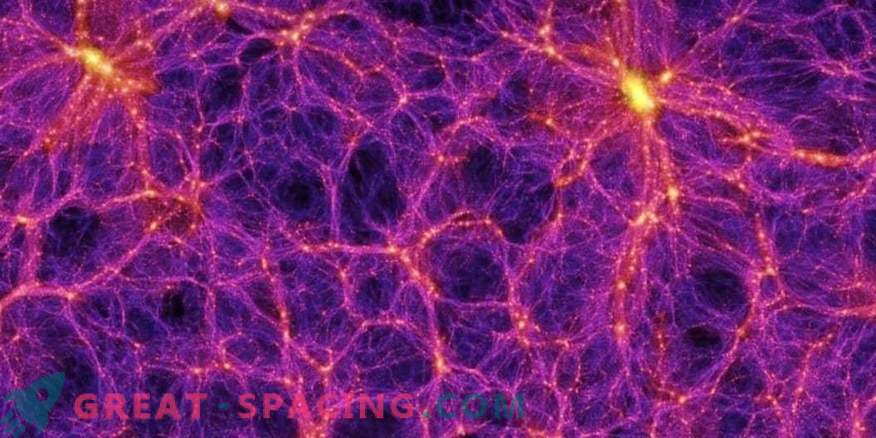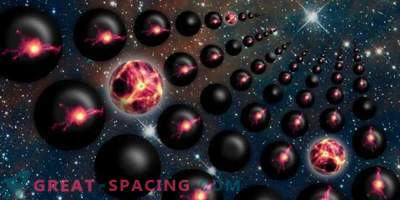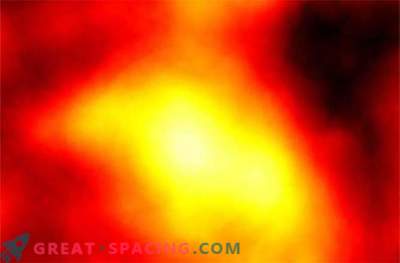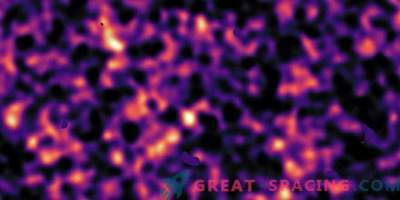
Large-scale structure of the Universe, created in supercomputer modeling of spatial evolution
If we refer only to the observed matter, then our galaxy should not exist at all. The total gravitational attraction of each known satellite, a planet and a star is not strong enough to form such a dense and complex system as the Milky Way.
How does all this hold together?
Scientists believe that in space there is a huge amount of additional substance that can not be observed directly. It is called dark matter. It is not yet clear what it consists of, but its influence on light and gravity is manifested in the very structure of our galaxy. If we also take into account the mysterious dark energy (accelerates the universal expansion), then together they occupy up to 96% of the entire cosmos.
Representatives of the Argonne National Laboratory are now trying to assess the key features of the Universe, including its relative distributions of dark matter and dark energy. The US Department of Energy approved about $ 1 million to fund a research group tasked with using large-scale computer models and developing new statistical methods to better understand these fundamental forces. To capture the influence of dark matter and dark energy on current and future scientific observations, the group plans to use some of the most powerful intellectual technologies. Using such data will make it possible to understand how the “dark” elements have influenced the universal evolution. It sounds incredible, but similar missions have already been carried out before, where statistical methods are combined with supercomputer simulations.
The use of statistical methods for combining input data on a population, patterns of motion, and the surrounding terrain with detailed simulations can predict how reliably healthy conditions will develop in this area. If the effort succeeds, the results will benefit the upcoming cosmological research and shed light on a series of secrets about the evolution of dark energy and dark matter, providing unique insights into the 14 billion cosmic history.











































